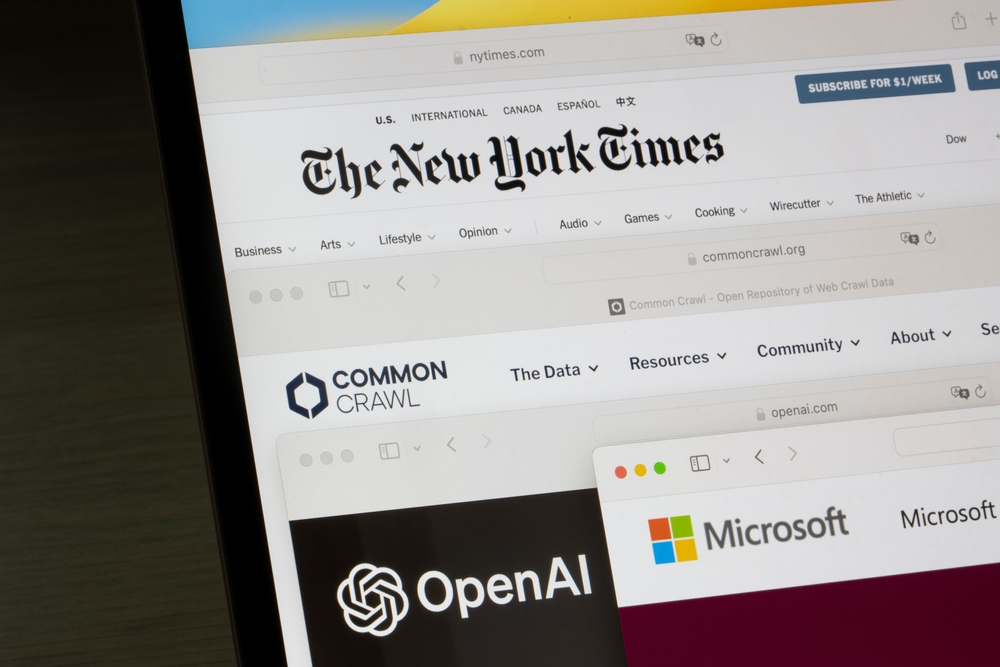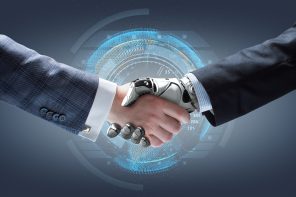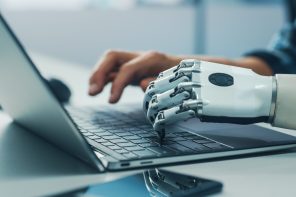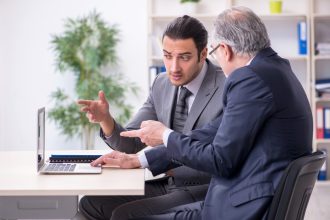
Monday August 12, 2024
Copyright is Complex in the Age of AI
Copyright is a form of intellectual property that grants the creator of an original work or another right holder the sole and legally protected ability to reproduce, distribute, adapt, exhibit, and perform the creative work, typically for a specific time period.
Does this mean that Artificial Intelligence (AI) owns the copyright to the output it generates? Not exactly, as both the UK government and US District Courts have rejected the suggestion that AI systems can own copyright.
The rise of AI technologies has exacerbated the complex issues of copyright and intellectual property. In this blog, we will explorethe much-debated and intricate landscape of copyright in the age of AI.
Who owns the copyright to AI works?
In 2021, the UK government explored options for integrating AI into patent and copyright systems. The consultation considered copyright protection for computer-generated works (CGWs), text and data mining (TDM) licensing, and patent protection for AI-devised inventions. The government concluded that changes to CGW laws might have unintended consequencesbecause AI use is still in its early stages. Moreover, recognising AI as an inventor under patent law was deemed unnecessary.
Meanwhile, in the US, Stephen Thaler, the creator of an AI system known as ‘the creativity machine,’ attempted to establish his AI system as a registered copyright owner for an AI-generated artwork in 2023. Still, the court upheld the requirement of human authorship.
It poses the following question: “If AI, as the creator, does not own the copyright, who does?” The answer depends from country to country. According to the UK government laws, human actors are required to establish ownership of copyrighted works. In particular, the Copyright, Designs and Patents Act (CDPA) highlights the collaborative aspect of AI’s creative output by acknowledging that the individual responsible for organising the AI’s functioning is the author and also implies that the copyright for the AI-generated content can potentially be established under the author.
On the other hand, the US has a default position that an author of creative works automatically assumes ownership of its copyrights. The similarity it shares with the UK is that the country also requires human authorship to grant ownership – a law repeatedly enforced, such as in the case of Naruto v. Slater, otherwise referred to as the ‘monkey selfie’ case, where the US Court of Appeals for the Ninth Circuit held in 2018 affirmed that a monkey cannot own the copyright to the photograph that it took of itself. The US Court further consolidated the need for human authorship in the previously mentioned case of Stephen Thaler.
However, unlike the UK, US law entails that no ownership is granted for AI-generated output, no matter whether you are the creators of the AI tool, the AI itself, or the individual inputting prompts into the AI. Instead, AI-generated works are a part of the public domain.
Considerations for Copyright Infringement
Recently, many high-profile cases have been filed against generative AI companies. In January 2023, a few visual artists filed legal complaints against Stability AI, Midjourney, and DeviantArt. They alleged that the AI image generators had infringed their copyright by training the AI systems using their work, enabling the AI to create unauthorised derivative works in the artists’ distinct styles.
A similar case happened with The New York Times, whichsued OpenAI in December 2023. According to the news outlet, millions of their articles were used to train and develop OpenAI’s chatbot. They also alleged that OpenAI’s language models imitated the New York Times’ style and replicated its content word-by-word.
While these lawsuits have been filed against AI companies, brands that intend to use or distribute AI-generated content should still be wary of the murky implications of its fair use. Last year, the US Supreme Court determined that Andy Warhol’s famous painting of Prince, based on another artist’s photograph, did not constitute fair use. Researchers from Stanford University’s Institute for Human-Centred Artificial Intelligence (HAI)then raised the question: “What happens when DALL-E’s art looks a little too much like an Andy Warhol transformation of a copyrighted work?”
Applying fair use principles to AI-generated works requires careful consideration of factors such as the purpose and character of the use, the nature of the copyrighted work, the amount and substantiality of the portion used, and the effect on the market value.
What is in store for the future of AI and copyright?
Previously, the UK government concluded that changes to CGW laws were premature. However, it has now been a while since AI has been introduced and integrated into various aspects of the digital world. Thus, we expect to see a continuously evolving AI and copyright landscape.
It is a hot topic, as numerous conversations regarding the future of AI and copyright have been taking place. In the past year, the UK has seen the Science, Innovation and Technology Select Committee’s recent interim report, The Governance of Artificial Intelligence, that emphasised AI’s challenges to intellectual property and copyright. The Culture, Media and Sport Select Committee’s report, Connected Tech: AI and Creative Technology, also suggested a few recommendations for the UK government in approaching a broad copyright exemption for commercial text and data mining.
While we are still unsure what the future of AI and copyright will look like, it is clear that we can only develop comprehensive solutions that balance innovation with intellectual property rights through such conversations and interdisciplinary collaborations between policymakers, AI experts, and creators.
Curzon PR is a London-based PR firm working with clients globally. If you have any questions, please feel free to contact our Business Development Team bd@curzonpr.com







Follow us